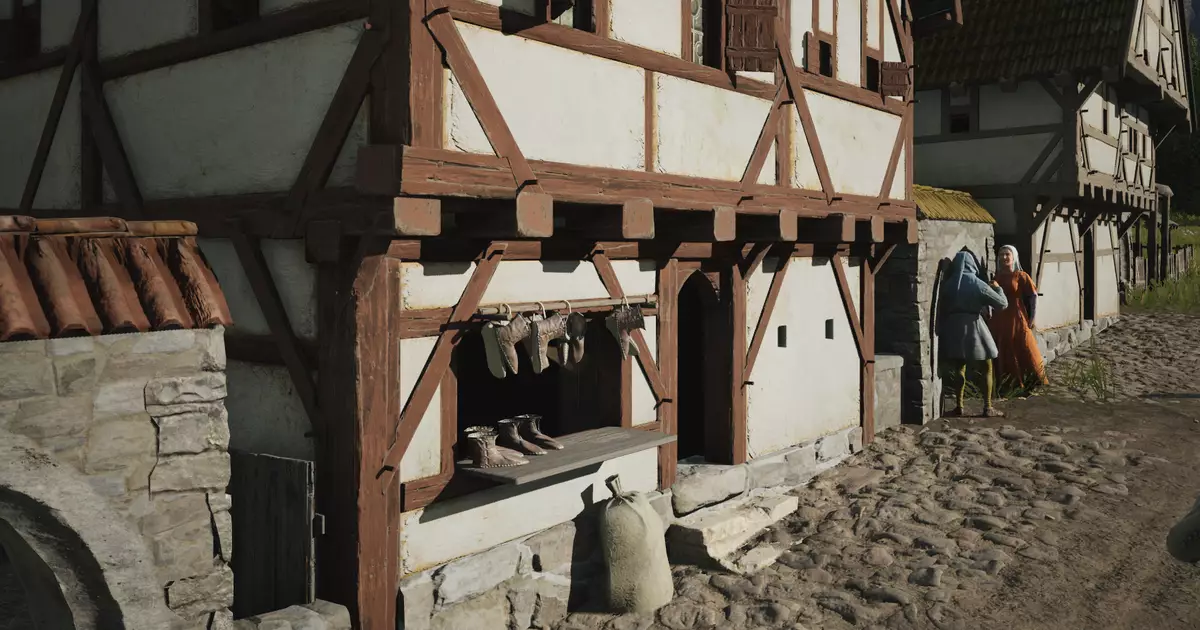Manor Lords, a city-building game set in late 14th-century Franconia, has long captivated players with its blend of realistic medieval life and strategic city management. Yet, recent updates—or the notable lack thereof—highlight a pivotal question: Is the game evolving in ways that genuinely enhance its depth, or is it mired in an obsession with overhauling every mechanic without delivering tangible progress? The developers, Slavic Magic, have recently committed to a full rework of core systems, promising a more immersive and intricate experience. This overhaul suggests a game striving beyond superficial patchwork, seeking instead to redefine what medieval city-building can be.
However, this ambitious approach raises certain risks. Large-scale reworks often mean stagnation amidst development, which can frustrate eager players longing for fresh content. It’s a gamble—should players tolerate the silence while the game is remade from the ground up, or push for smaller updates that keep the experience alive? From my perspective, the decision to pause smaller patches indicates a commitment to quality and coherence, but it also heightens the anticipation—if the final product surpasses expectations, this patience will be validated. If not, it risks alienating a community eager for consistent progress. The challenge for Slavic Magic is balancing revolutionary overhaul with maintaining engagement in the meantime.
Redefining City Dynamics: Better Systems, Heightened Realism
What truly excites me about Manor Lords’ rework is its apparent focus on deepening environmental interactions and building relationships. The previous system, which relied heavily on radius effects for buildings, felt artificial—limited by geometrical constraints and prone to frustrating mismatches. The developers’ decision to discard this in favor of a system matching building types with environmental zones is a stroke of ingenuity. Such a change promises a more organic gameplay flow, allowing for nuanced strategies based on terrain and environment rather than arbitrary, grid-based effects.
This shift exemplifies a broader trend—moving from simplistic, radius-based effects to a layered, environmental synergy that mirrors real medieval practices. Apiaries placed amid woodland to enhance pollination, or urban buildings that bolster local economy and morale, create a simulation that truly reflects the complexity and interconnectedness of medieval life. This approach injects strategic depth and encourages meticulous planning, but also demands players to think ecologically. It forces us to consider not only our city’s layout but its harmony with the surrounding landscape—a philosophical step towards immersive authenticity.
Expanding Horizons: New Maps, Building Craftsmanship, and Civic Realism
The introduction of the “Divided” map, with its mountain range slicing through the landscape, offers a fresh canvas for players to test their urban planning skills. Such terrain diversity is crucial for keeping gameplay engaging and preventing the monotony of flat, featureless plains. Moreover, the visual updates—distinct shop fronts, artisan stations, and see-through fortifications—bring a tangible sense of craftsmanship and realism that heightens immersion.
What intrigues me even more is the focus on civic infrastructure. Reworking building cards, adding development perk options, and reimagining fortifications signal that Manor Lords is moving toward a nuanced simulation of medieval governance, economics, and military logistics. Each building, street, and defensive structure becomes a piece in a larger puzzle of societal management. The inclusion of functional artisan workstations emphasizes the importance of skilled labor and craftsmanship, elements often underplayed in city builders. This focus on authentic, detailed building design enhances the sense that every decision has weight, every structure tells a story.
Finally, the new environmental affinity system promises to influence not just gameplay mechanics, but the very way players conceptualize their towns. Building affinities with specific landscapes allow for strategic specialization—blurring the line between city planning and ecological stewardship. In the end, Manor Lords is evolving into more than just a city builder; it is aspiring to become a rich, textured simulation of medieval life, where every detail helps tell a story of resilience, craftsmanship, and harmony with nature.

